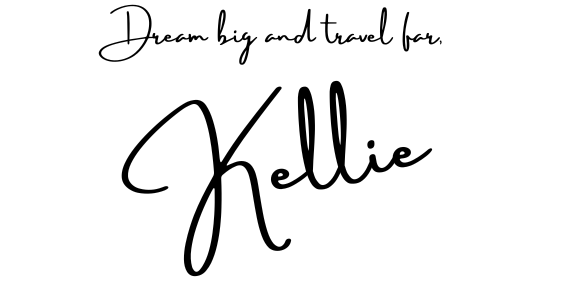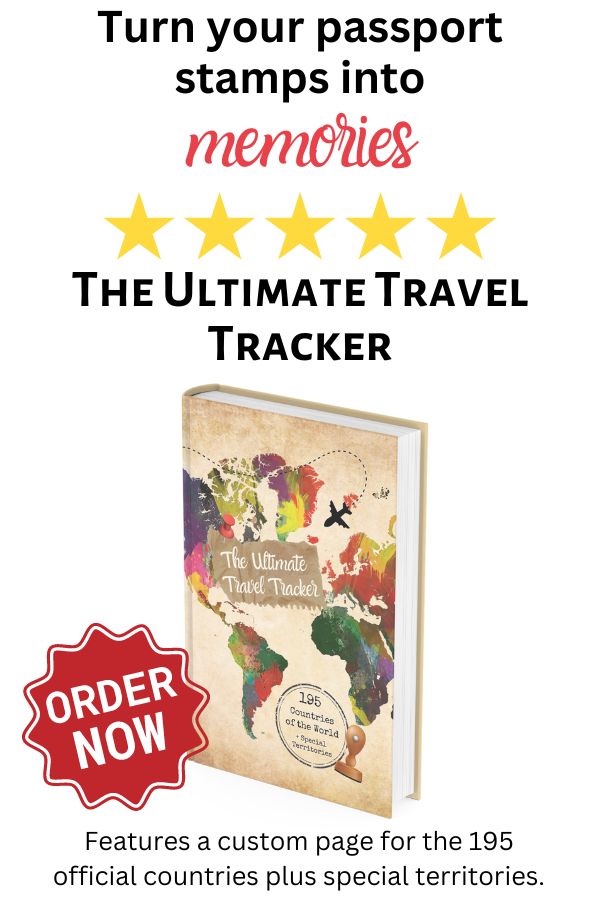Getting Sick in Thailand
It’s 4:30 in the afternoon. I’m lying in bed for the third day in Khao Lak, Thailand, and my fever continues to rise. It’s almost 103. I’m definitely getting worried because 1) I’m on my second antibiotic, and 2) I haven’t run a fever in close to a decade.
Then it dawns on me: maybe I don’t have a wicked sinus infection after all, maybe I have the flu. And if I have the flu, my window to benefit from Tamiflu is about to slam shut. My email consultations with doctor friends back home can only do so much; I need some lab work to figure out what’s going on. We were supposed to leave Khao Lak two days ago, but I was too ill to travel. We are scheduled to check out in two more days, but that’s no longer looking promising.
It’s time to visit the Thai walk-in clinic.
I’d been fighting a nasty head cold for well over a week when things took a turn for the worse. We had gone to the Similan Islands for a day of snorkeling. Lying on the most perfect beach, with the most perfect sand, with the most perfect water, I knew something was wrong. While most people were seeking the relief provided by the shade of the scattered palm trees, I was basking in the full sun shivering with goose bumps. Things quickly went downhill; now here I am, 48 hours later, very sick and very worried.
Dale goes to the front desk to find out the location of the nearest medical facility. It is only open 3 hours per day. Lucky for us, those hours are 5:00-8:00 p.m. Dale arranges a driver from the hotel to take us there pronto. Armed with my diary of symptoms, medications, and fever trends, I am well prepared for the visit.
Arriving at the Thai walk-in clinic
We arrive at the walk-in clinic at 5:23 p.m., and the line is already quite long. Shoes line the exterior entrance as is customary in Thailand. There are 15 or so people ahead of us. In typical Thai fashion, we are greeted with large, warm smiles. I absolutely love this custom of Thailand 99.9% of the time. But when you feel this badly, sometimes you just don’t feel like smiling. We complete our paperwork and are directed to the second waiting room.

The clinic is located in a strip mall. From the outside, it looks a little like a 7-Eleven or drycleaner with its neon lights, sliding glass doors, and cheap plastic chairs. There are three waiting areas: 1) a few chairs across from the check-in counter, 2) a separate room (actually the next door space of the strip mall) offering five or so rows of seats, and 3) outside. The few seats near the counter are the only ones with air-conditioning. Too bad those are taken.
Inside the medical clinic
There are three patient rooms in the clinic, all of which are spitting distance from our seats. The first room is labeled “EXAM,” the second room is labeled “TREATMENT,” and the third room has no label at all. The first room is where the doctor is. He sits behind a small desk in a cubicle without a sink or any sort of medical supplies other than the stethoscope draped around his neck. The only other furniture in the tiny room are two chairs.
I notice that room two is where all the patients with wounds go. A nurse comes in and out of room two several times carrying a metal tray with instruments that are just plain scary. She is wearing gloves. As I watch her touch everything with those gloves, I wonder if they are for her protection only? Or does she change them for the protection of the patients too? I make a mental note that I do NOT want to visit room two. If I do, I’m definitely asking her to change her gloves.
As for room three, apparently HIPAA hasn’t made its way to Thailand. I can overhear every word spoken in room three. The man in the third room has back pain when lying down; he can only sit or stand. I wonder if he is seeking pain pills, or if he really has back pain.
Waiting to be called, I glance outside, just in time to see a baby elephant walking by. I wonder if I am hallucinating due to the fever, but Dale confirms the elephant sighting.
One thing I notice is that they move the patients through very quickly–faster than any Western doctor’s office I’ve ever been in. That’s encouraging. I really don’t want to be here all night. I keep watching room one, the room with the doctor. People are in and out in five minutes tops. Wow. That’s impressive, I think.
My medical evaluation
After only 20 minutes or so, it’s my turn. I get to go to room one. We go over the progression of my illness, the medications I’ve taken, and the fact that I’m getting worse. He listens to my heart and lungs, mashes on my face and ears, and agrees that I’m sick.
Yes, I know I’m sick that’s why I’m here, I’m thinking. Aren’t we going to do lab work? A CBC? Urinalysis? Flu test? Surely you have more in your medical bag of tricks than I have in mine.
“Could it be the flu?” I ask.
“Yes, it could be,” he responds, “or maybe not.”
Sensing he could use some direction in the diagnostic process, I suggest, “Can we do a flu test?”
“Ah yes, flu test would be good,” he replies.
Now we’re getting somewhere, I’m thinking. “Okay, let’s do it.”
“Oh no, we do not have flu test.”
“No flu test?”
“No flu test. We are very poor country. For flu test and Tamiflu, you must go to hospital.”
And that is it. No wonder people are in and out in five minutes or less.
This health clinic can offer nothing more than I already know. We pay 500 Baht ($15 USD) and leave. We decide to go back to our hotel, hope for improvement overnight, and reassess things in the morning.
So the next time you get frustrated by having to wait in a Western doctor’s office, just remember that it’s because they are actually attempting to diagnose your illness. Tests and diagnoses take time.
What’s the best strategy for staying healthy on the road?
A well stocked first aid kit; easy access to physician consultations back home; and a *MedJet membership and travel insurance for true emergencies (*affiliate links).


Final note: This experience underscores the value of the thousands of short term medical missions teams from the U.S. that go to developing nations annually. If you’ve never supported one in the past, please considering supporting one through your church or other local agency in the future.
*Affiliate link. I may receive compensation if you purchase a MedJet policy.

Ready to explore the world? Then check out THE PASSPORT PROJECT and THE ULTIMATE TRAVEL TRACKER to inspire and manage your wanderlust.


Interested in more epic adventures? Check out the following:
- Camping in Antarctica: Everything You Need to Know to Survive
- How to Save Thousands on Your Family’s Galapagos Adventure
- Ten Day Namibia Road Trip: Sand, Seals, and Safari
- How to Plan a Budget Vacation to the Luxurious Maldives
- How to Book an Amazing and Affordable South Africa Safari
- No Regrets: Bungee Jumping in Queenstown, New Zealand
- The Passport Project: A DIY Journey Around the World
Interested in more cultural adventures? Check out following:
- Three Tips for Ethically Visting Myanmar‘s Long-Neck Women
- How to Volunteer at Delhi’s Gurudwara Bangla Sahib Sikh Community Kitchen
- Burial, Cremation, and Reincarnation in Bali
- Learn to Meditate at Truc Lam, Da Lat, Vietnam’s Buddhist Monastery
- Family Travel Idea: Spend the Night with the Embera Puru Indians in Panama
- Don’t be Flashy! Guidelines for Luang Prabang’s Alms Giving Ceremony
- Cambodia‘s Genocide: What I Never Learned in School
[…] is interested in French Polynesia, my husband wants to explore New Zealand, and I want to return to SE Asia. We know it’s a LOT to cover in five short months, and we’re prepared to let the […]
[…] The only way that the day could’ve been better was if our boat had fewer people on it, and my mom wasn’t sick . If you are looking for an unusual beach destination, try Khao Lak, Thailand and visit the […]
[…] The only way that the day could’ve been better was if our boat had fewer people on it, and my mom wasn’t sick . If you are looking for an unusual beach destination, try Khao Lak, Thailand and visit the […]
Wow! Makes me feel appreciated – even in the midst of Obama care craziness here 🙂
We can always Fed Ex meds to you!
Great idea, Donna. If we get in a real bind we’ll take you up on it. The problem is that we’re hardly anywhere long enough for Fed Ex to find us!
[…] could’ve been better was if our boat had fewer people on it, and my mom wasn’t sick (read her post). If you are looking for an unusual beach destination, try Khao Lak, Thailand and visit the […]
Love the baby elephant!!
That’s the moment I knew I had to write a post on the whole experience!
I am SO glad you are okay, Kellie. You had me really worried when I first started reading, but I figured if you were able to write it, you must be alive! Thank God for that! Your experience makes me appreciate our many, many blessings. Thank you for keeping up with the blog. Our family enjoys it immensely. We miss y’all.
Thanks, Rachel. Yes, we forget how fortunate we are to have first-class medical care at our fingertips in the U.S. The posts slowed down while I was sick, but the girls have a couple in the cooker. They should be out in a day or two. 🙂
Good grief, girl! You better not catch some Thai flying peacock rhinovirus over there! I want you guys back at some point! lol. Take care of yourselves!
Thanks, Andy. BTW…I like your campaign slogan for judge!
Medjet plug! Glad you are feeling better…i was on-call last night…as a matter of fact on call every Thurs and Fri. 🙂 call anytime! Feel better and be safe! Missing you all!
I wondered if you would be on call if we actually had to call. Glad to know your call nights. We’ll try to limit our emergencies to Thursday and Friday nights.
“sensing he could use some direction”…you crack me up! I hate to be laughing at your fever, but that was pretty hilarious. Hope the fever stays away!
Thanks, Natalie! Yes, I’m still feeling great and no one else is sick. Hooray.
So glad this ended on a healthy note! Y’all are in our prayers. Everybody is healthy here, right down to the happy dogs.
Please give Molly a super big for us. Every time we see a dog that resembles Molly our hearts melt and we can’t wait to see her again!!!!!!!
Kellie you had me worried there for a minute! Very interesting and thorough observation.
Thanks, Aunt Pat!
This may seem strange, but it was one of my favorite adventures.. Well written and a happy ending..
Sanderlin
Thanks Sanderlin! What’s funny is that the minute we got to the clinic, I immediately regretted not bringing my camera. Fortunately, Dale had taken my iPad so we were able to get a quick shot when we were leaving.
That is really scary. I love the glove comment. Being an OCD nurse myself, I ask the TSA workers at the airport to change gloves if they go through my carry on or bag. Take care!
What a great idea about TSA! 🙂